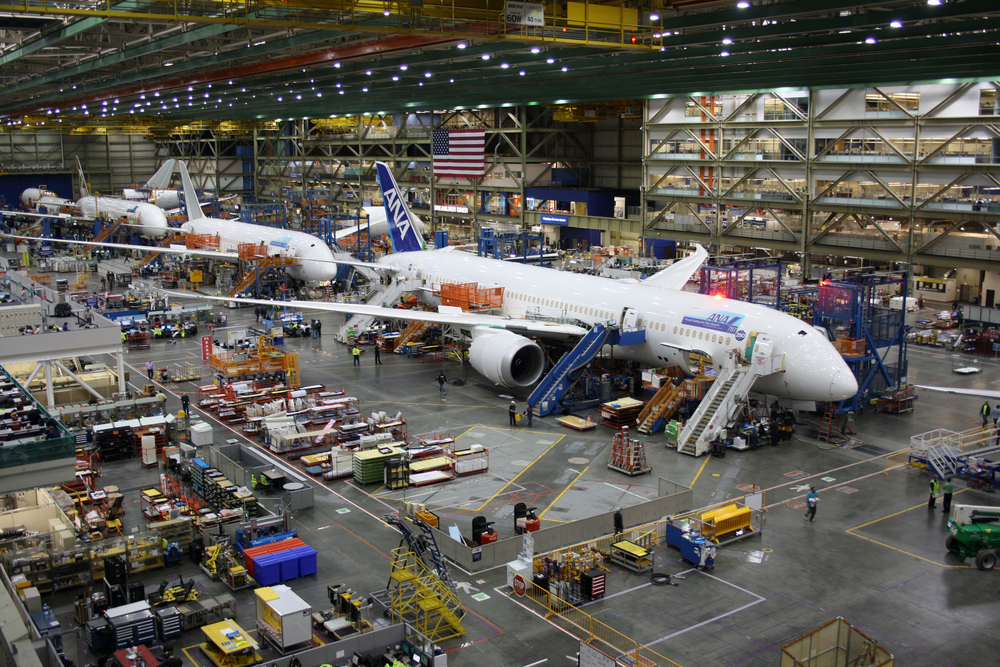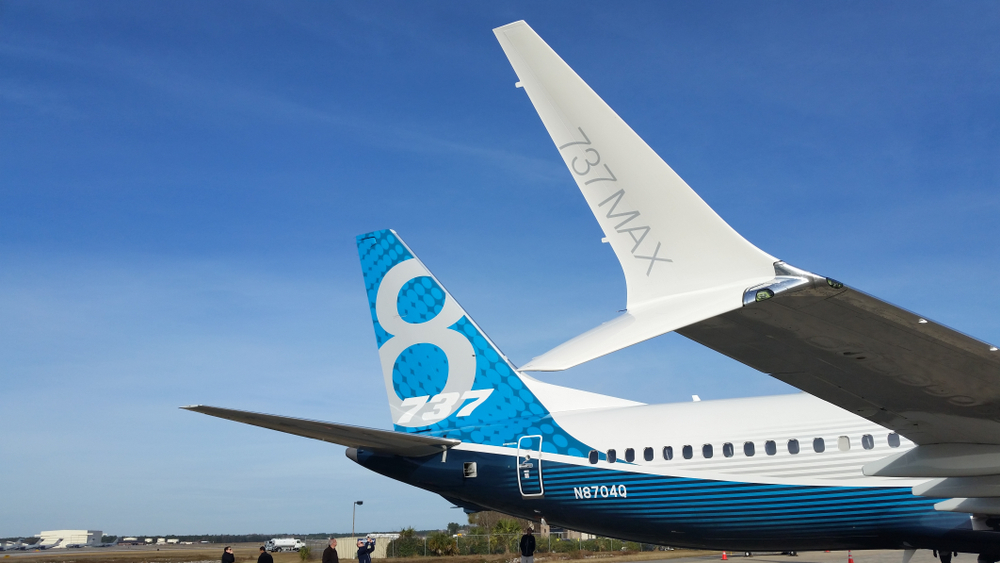
The Full Financial Impact of Boeing’s 737 MAX Travesty
It’s been months since the initial headlines about Boeing’s 737 MAX scandal initially hit the media. Hundreds dead. Planes grounded. Intervention from the Federal Aviation Administration (FAA). Now, months later, the plane is no closer to a return to the skies and the industry has even more questions. The only thing that’s come to light in any real capacity is how much Boeing will end up paying for its lackadaisical approach to aircraft safety.

Breaking down the numbers
The big number facing Boeing right now is $4.9 billion. That’s the amount of a special charge the company will absorb in the second quarter of 2020. The true cost actually comes out to a roughly $5.6 billion reduction of revenue and pre-tax earnings, according to the company. This large sum may be the biggest to crater Boeing’s balance sheet, but it’s far from the last.
Alongside this special charge, Boeing anticipates increased production costs for future 737 MAX aircraft as well. That figure currently stands at $1.7 billion on top of the original cost of production cited by the company earlier in the year. Perhaps the most damaging aspect of this cost is its effect on future cash flow. It’s likely to be realized throughout 2020 as it’s incorporated into the next 3,000 or so planes produced by the company.
In addition to higher production costs, Boeing’s production numbers are down dramatically from 52 to 42 planes per month. The lost revenue from this lowered production output compounds its already mounting charges.
Ironically, the smallest sum within the scope of Boeing’s costs is a $50 million fund the company is establishing to deliver near-term relief to families of crash victims. Despite an unwelcome response from families calling this commitment a “PR stunt,” it’s nonetheless another cost to the business.
The total cost to Boeing at this point? Estimates put the number at roughly $8.3 billion. For a company with a $191 billion market cap, the cost may not seem insurmountable, but it’s certainly enough to hamstring the company headed into 2020 — especially as it loses orders to rival Airbus and its favor with the FAA.

Looking ahead … at upcoming costs
The dollar value attached to the 737 MAX scandal isn’t close to concrete. The tallied cost we have today only represents the near-term. Boeing stands to lose much more money in the coming months and years.
 For starters, no one is certain when the 737 MAX will fly again. There is no end to the grounding in sight, which means lost revenue for every airline with a handicapped fleet. American Airlines, Southwest Airlines, and other major players have already begun reporting lower-than-expected earnings, citing the grounding as a prime contributor. Their lost revenue is soon to become Boeing’s. The company has already agreed to compensate customers affected by the grounding — namely in future discounts, representing even more costs to be paid in the future.
For starters, no one is certain when the 737 MAX will fly again. There is no end to the grounding in sight, which means lost revenue for every airline with a handicapped fleet. American Airlines, Southwest Airlines, and other major players have already begun reporting lower-than-expected earnings, citing the grounding as a prime contributor. Their lost revenue is soon to become Boeing’s. The company has already agreed to compensate customers affected by the grounding — namely in future discounts, representing even more costs to be paid in the future.
Boeing has also lost favor with the FAA. Initially slow to take action, the FAA has faced major backlash in recent months over the lack of oversight to Boeing. The agency appears to be on the outset of issuing new regulations aimed specifically at increasing its reach. For Boeing, a more involved FAA likely means higher costs and more regulatory hoops in the future.
The 737 MAX scandal itself may be in the rearview mirror, but Boeing’s costs are just beginning to mount. How high will they go? The next breakpoint appears to be tens of billions of dollars.